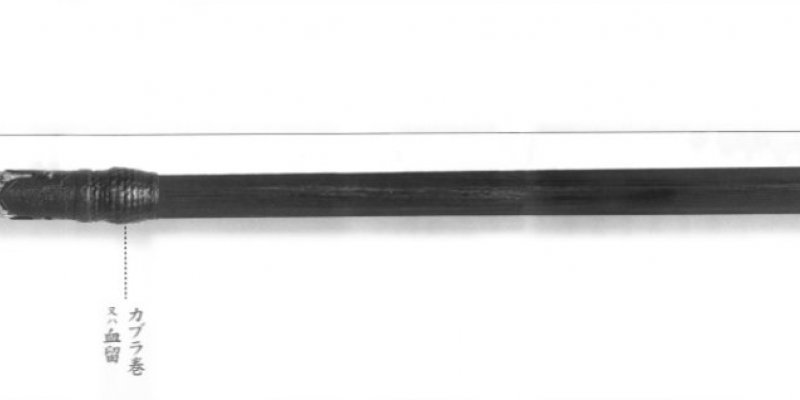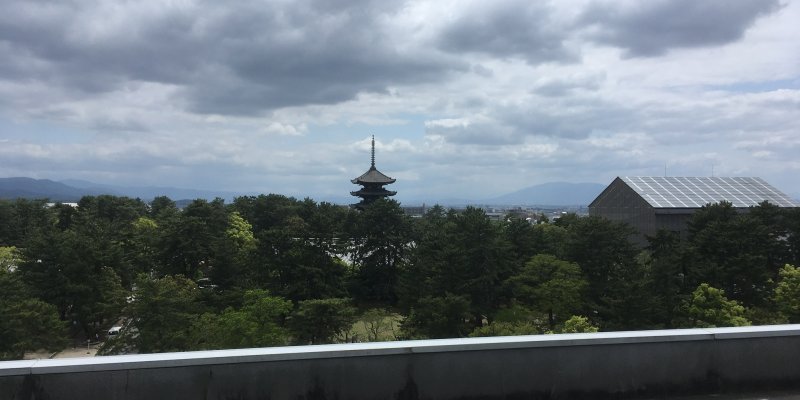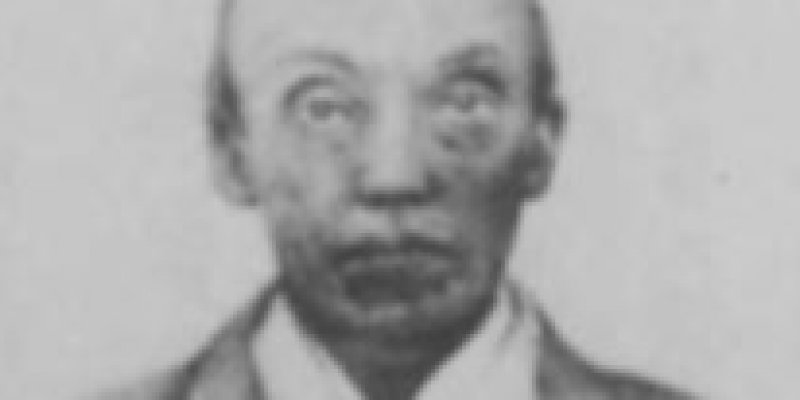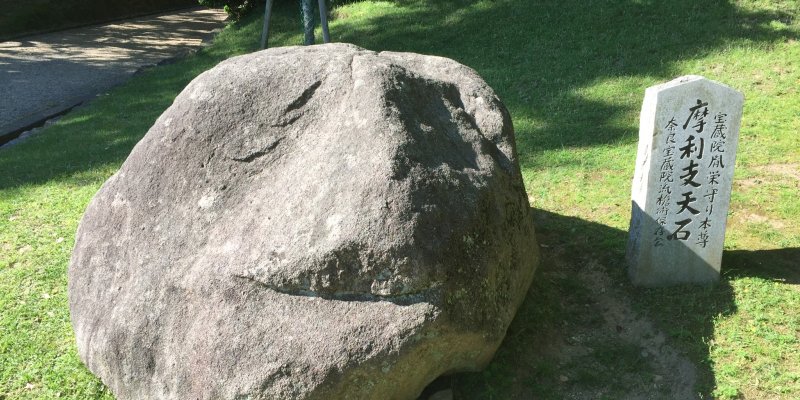Written by Kagita Chūbee, 20th sōke (headmaster) of the Hōzōinryū
Happy new year.
I feel honoured to have the opportunity to write on the sōjutsu of the Hōzōinryū and would be glad if you would follow me through the 12 episodes that will be published here in the course of this year.
Written by Kagita Chūbee, 20th sōke of the Hōzōinryū
The Kōfukuji during the Middle Ages
The Middle Ages in Japan cover the time from the second half of the Heian period1 through the Kamakura period2 and the Nanbokuchō period3 up to the Muromachi period4 and the Sengoku period5 and are characterized by the transition of power from a hereditary monarchie to the warrior class. At the same time the old feudal system which centered around the imperial central government declined due to the rise of true local rulers like the military provincial administrators6 or land stewards7.
Written by Kagita Chūbee, 20th sōke of the Hōzōinryū
Kawaji Toshiakira and the Hōzōinryū Sōjutsu
Kawaji Toshiakira (1801 - 1868) was an outstanding character of the late Edo period. He held various important positions in the administration of the shogunate and is especially renowned as the signatory of the Treaty of Shimoda1 and as an advocate of the oppinion that the four southern islands of the Kuril Islands were Japanese territory.
Written by Kagita Chūbee, 20th sōke of the Hōzōinryū
Historical traces of the Hōzōinryū
As I already wrote in the previous issue, the Hōzōin was still in existence at the end of the Edo period1 and sōjutsu was still taught there then. But during the anti Buddhist movement at the beginnig of the Meiji period2 its buildings were torn down and its land was expropriated. At that time regrettably its dōjō was lost as well as the archives of its writings. Thus there are only very few historic monuments related to the Hōzōinryū that are left today, which I would like to introduce below.




